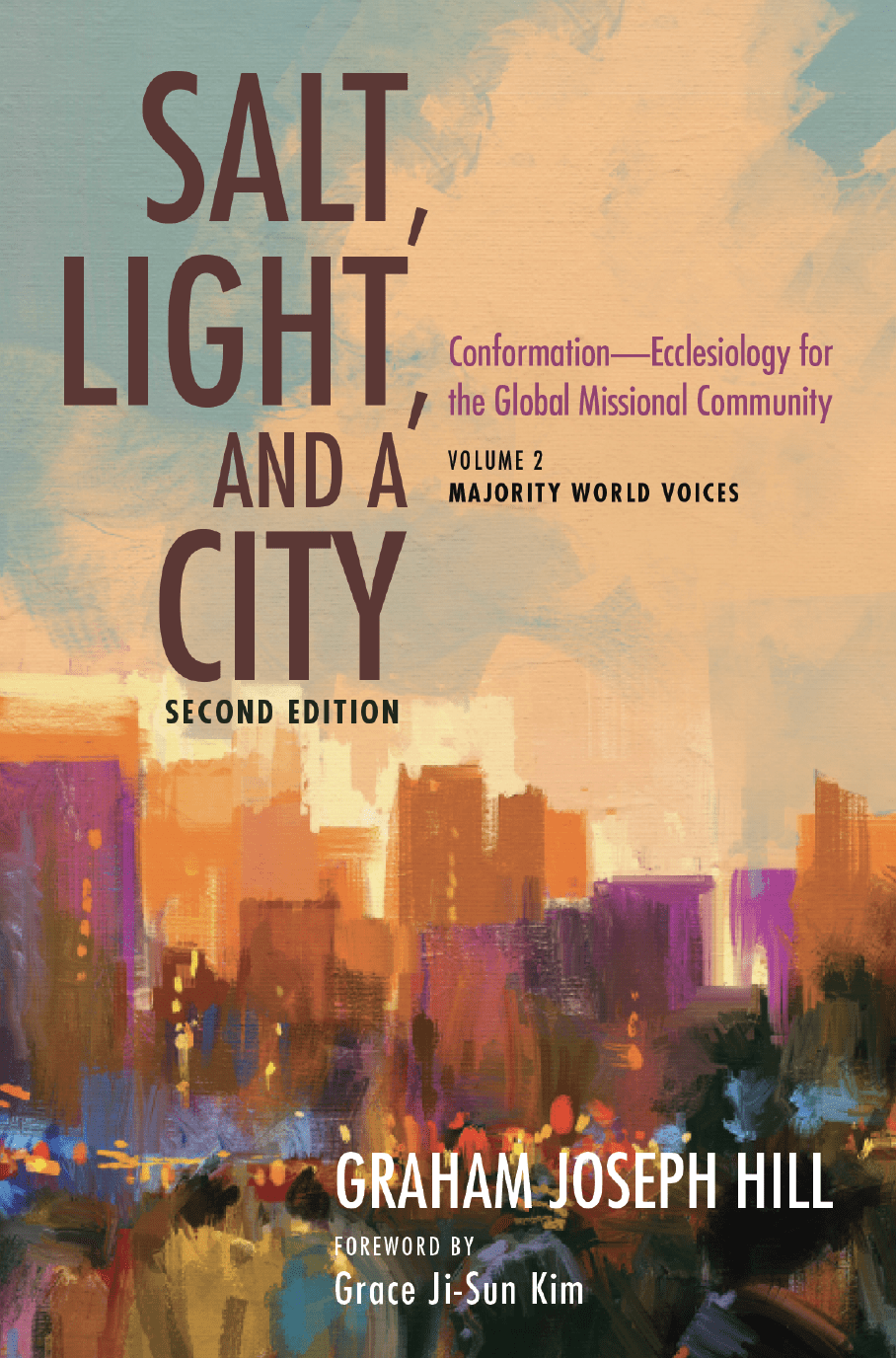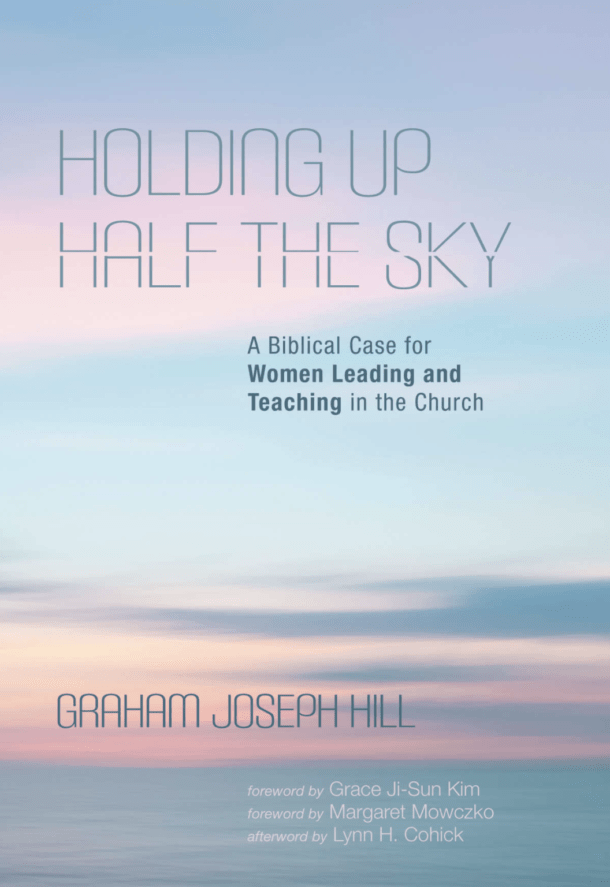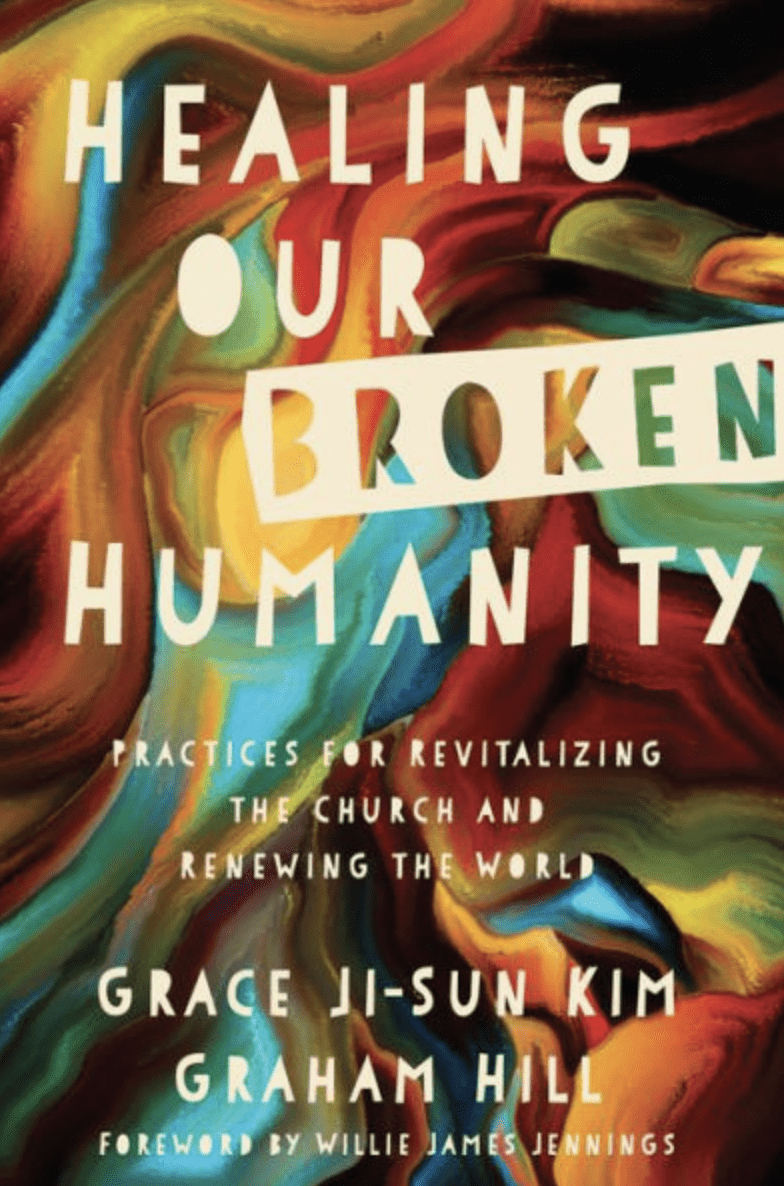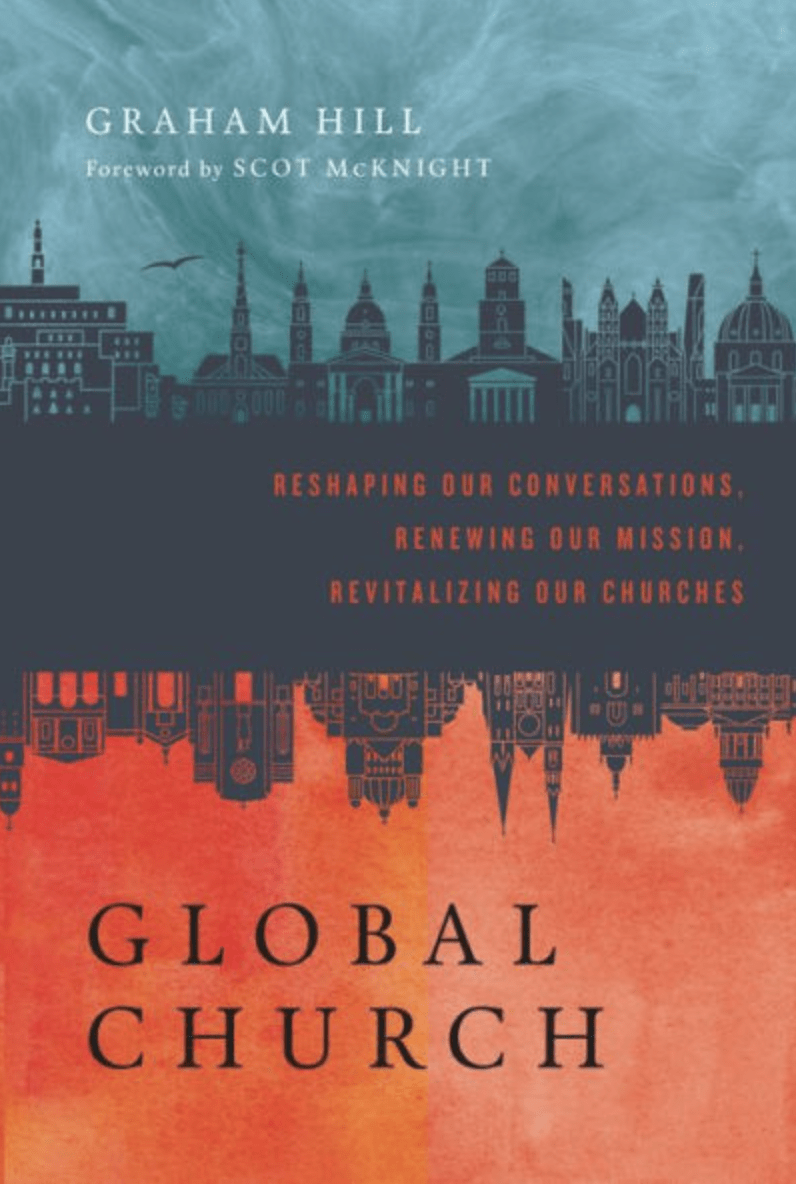There’s a center to all things, and it’s not us.
In an age where the self is enthroned and every voice declares its own truth, Christian faith makes a startling claim: that the true center of reality, of faith, of creation itself, isn’t an idea or a moral code, but a person: Jesus Christ. In him, divine love takes flesh; in him, the mystery of God is made visible; in him, the world is reconciled to its Creator.
This conviction isn’t one doctrine among many; it’s the beating heart of Christianity. Everything else flows from it. Every act of worship, every prayer, every movement of justice, every hope for redemption finds its beginning and end in the living Christ.
The Scriptures call him “the image of the invisible God,” “the Word made flesh,” “the Alpha and the Omega.”[1] He isn’t one revelation among others, but the revelation: the face of God turned toward us in mercy. To confess Christ is to say that all things hold together in him, that apart from him the cosmos falls into chaos and the human heart into despair.
This is where discipleship begins: not with programs or performance, but with a Person. It starts with falling in love with the one who first loved us.
The Center That Holds
At the heart of the Christian vision stands a paradox: the infinite God became finite, the eternal entered time, the Creator walked among the created. The logic of Christianity is incarnational: divine glory revealed not in domination but in vulnerability, not in distance but in nearness.
Jesus isn’t merely the messenger of salvation; he is salvation. In his life, we see what it means to be human; in his death, we see the cost of love; in his resurrection, we see the dawn of a new creation.
To center faith on Christ means that everything else (church, doctrine, morality, mission) must orbit around this gravitational heart. The danger in every generation is to shift that center: to make Christianity about ethics without grace, spirituality without flesh, or activism without the cross. But when Jesus ceases to be the center, faith becomes ideology, and discipleship becomes performance.
The apostle Paul saw this clearly. To the Corinthians, who prized wisdom and power, he wrote, “I resolved to know nothing among you except Jesus Christ and him crucified.”[2] To the Colossians, who were tempted by spiritual hierarchies, he declared that Christ is the one “in whom all the fullness of God was pleased to dwell.”[3]
Christian faith, in all its depth and breadth, rests on this unshakable truth: that God has spoken once and for all in the Son.
“When Jesus ceases to be the center, faith becomes ideology, and discipleship becomes performance.”
The Word Made Flesh
The revelation of God in Christ isn’t abstract; it’s embodied. Jesus doesn’t simply speak the Word: he is the Word. His every gesture, silence, and act of compassion reveals the nature of divine love.
When he touches the leper, he declares that no one is untouchable. When he blesses the poor, he unmasks the false gods of wealth and power. When he washes the feet of his disciples, he redefines greatness as servanthood. And when he stretches out his arms on the cross, he opens the arms of God to the whole world.
“Jesus isn’t merely the messenger of salvation; he is salvation.”
The cross, then, isn’t divine failure but divine triumph: the moment when the self-giving love of God unmasks and overcomes the powers of sin and death. Here we see the truth about God and the truth about ourselves: that real strength is found in love, that victory comes through sacrifice, and that forgiveness, not vengeance, is the deepest law of the universe.
This Christ-shaped vision defines not only theology but spirituality. To pray in his name is to enter into his compassion. To follow him is to take up the cross and love the world as he did. To worship him is to be drawn into the self-emptying life of God, where giving and receiving become one act of grace.
Discipleship as Abiding
To be a disciple isn’t merely to admire Jesus: it’s to abide in him. He himself said, “Abide in me as I abide in you . . . apart from me you can do nothing.”[4]
Discipleship, then, isn’t an achievement but a relationship. It’s not primarily about moral effort but about intimacy. It’s learning to dwell in Christ as branches dwell in the vine: to draw life from his presence and bear fruit that reveals his character.
This abiding is sustained by the Spirit, who glorifies Christ by forming his likeness within us. The Spirit takes what is true of Jesus and makes it true of us: his compassion becomes our compassion, his courage our courage, his humility our humility. The Spirit doesn’t lead us away from Christ but deeper into him.
The fruit of this abiding is love: love that is patient in suffering, steadfast in justice, and gentle with the weak. In a culture addicted to outrage and self-promotion, such love is revolutionary. It exposes the idols of our age and reveals another way of being human: the way of the crucified and risen Lord.
The Cross at the Center
If Christ is the center of faith, then the cross is the center of Christ. It’s the axis upon which history turns: the moment when divine love descends to the lowest depths and fills them with glory.
We must resist every temptation to domesticate the cross into a symbol of comfort or tribal victory. The cross is scandal and wisdom at once. It exposes every form of religious pride, nationalistic idolatry, and self-justifying power. It reveals the truth about the world (that injustice claims innocent lives) and the truth about God (that love extends even there and redeems).
To be a disciple of Jesus is to live under the sign of the cross. It’s to let self-giving love become the pattern of our lives. This cruciform way transforms how we use power, how we treat enemies, how we handle wealth, and how we respond to suffering. It’s not the way of the strong, but of the meek; not the way of control, but of surrender.
When Christians forget the cross, they lose the gospel. But when they remember it, they become a living contradiction to the world’s logic of domination. The church’s authority in the world doesn’t come from coercion but from cruciform love: power that serves, wisdom that forgives, and truth that liberates.
The Resurrection and the New Creation
The story doesn’t end in crucifixion; it bursts into resurrection. The empty tomb isn’t a mere historical footnote: it’s the explosion of new creation within the old.
The resurrection proclaims that death doesn’t have the final word, that despair isn’t destiny, and that every wound can be transfigured. In the risen Christ, humanity and divinity are united forever; creation is reclaimed, renewed, and reoriented toward its true end.
For Christian spirituality, this means that hope isn’t optional; it’s essential. Hope isn’t optimism; it’s resurrection realism: the conviction that the same power that raised Jesus from the dead is at work to renew all things.
To live in resurrection light is to practice defiant joy in the midst of darkness, to labor for justice even when the outcome is uncertain, and to see in every broken place the possibility of life again. It’s to live as Easter people in a Good Friday world: refusing despair because Christ is risen, and therefore everything can change.
The Spirit Who Glorifies Christ
Jesus promised that the Spirit would come, not to replace him, but to make him present everywhere. “He’ll glorify me,” Jesus said, “because he’ll take what is mine and declare it to you.”[5]
The Spirit’s work is to draw the world toward Christ, to make his love tangible in communities of faith, and to empower believers to bear witness to him in word and deed. The Spirit opens the Scriptures, illumines conscience, comforts the broken, and convicts the proud.
In a fragmented world, the Spirit forms a people whose unity isn’t sameness but shared surrender to Christ’s lordship. In them, the world glimpses a foretaste of the kingdom; a community of reconciliation where barriers fall and enemies become siblings.
When the Spirit glorifies Christ in us, discipleship becomes more than personal piety; it becomes participation in God’s mission to renew creation. The Spirit sends us into the world not to dominate it, but to serve, to love, to heal: to make visible the reign of the crucified King.
Christ and the Scriptures
The Bible finds its center and coherence in Christ. He’s the key that unlocks its meaning, the thread that ties its many voices into one harmony.
From Genesis to Revelation, the story unfolds toward him: the Word through whom creation was made, the promise to Abraham fulfilled, the wisdom of the prophets embodied, the law perfected in love. On the road to Emmaus, Jesus himself taught the disciples to read Scripture this way: “Beginning with Moses and all the Prophets, he interpreted to them what was said in all the Scriptures concerning himself.”[6]
“To read the Bible apart from Christ is to risk distortion; to read it in him is to hear the heartbeat of divine love.”
To read the Bible apart from Christ is to risk distortion: to turn living Word into dead letter, grace into law, mercy into judgment. But to read it in him is to hear again the heartbeat of divine love running through every page.
This Christ-centered reading transforms the way we live. It calls us not to use Scripture as a weapon but to embody it as a witness: to let the Word become flesh again in our speech, our compassion, and our communities.
The Church Shaped by Christ
If Christ is the center of faith, he must also be the center of the church. The church exists not to preserve itself, but to proclaim and embody the reign of Christ. It’s not an institution of perfection, but a community of grace, gathered around Word and Table, living from his life and for his glory.
To be the church is to participate in the ongoing incarnation of Christ’s love in the world. It means practicing forgiveness in a culture of blame, generosity in a culture of greed, truth-telling in a culture of spin, and hospitality in a culture of exclusion.
The measure of a church’s faithfulness isn’t its size, wealth, or influence, but its resemblance to Christ: the crucified servant, risen Lord, and friend of sinners. When the church forgets this, it becomes just another tribe among tribes. But when it remembers, it becomes what it was meant to be: a sign of the kingdom, a living parable of reconciliation, a foretaste of new creation.
The Way, the Truth, and the Life
Jesus said, “I am the way, and the truth, and the life.”[7] These aren’t abstract claims: they describe the shape of discipleship.
He’s the way: we follow his path of humility, service, and sacrificial love.
He’s the truth: not an idea to be possessed, but a person to be known and obeyed.
He’s the life: the source of every breath, the fountain of grace that never runs dry.
To center our spirituality on Christ is to orient every part of life around this reality. Our prayer becomes a conversation with him; our ethics become an imitation of him; our mission becomes an extension of his love. Every vocation (teacher, builder, parent, professor, truck driver, nurse, politician, artist, farmer) becomes sacred when done in his name.
And when the world tempts us toward despair, Christ remains the anchor of hope. His lordship isn’t tyranny but tenderness; his authority isn’t domination but deliverance.
Christ and the Renewal of the World
The gospel of Christ isn’t private. It’s public, cosmic, political, and personal all at once. The reign of Jesus disrupts every empire that claims ultimate allegiance. His kingdom isn’t of this world, but it’s for this world: healing, reconciling, renewing.
When Christ is central, justice and mercy aren’t optional add-ons to faith; they are its fruits. The Spirit who conforms us to Christ also sends us into the broken places to bear witness to his reconciling power. To live “in Christ” is to share his mission: to proclaim good news to the poor, to set captives free, to bind up the brokenhearted.
The world will not believe in Christ because we win arguments, but because we embody his love. The credibility of the gospel depends on whether the church embodies the likeness of Jesus. A Christ-centered faith must always become a Christ-shaped life: merciful, courageous, cruciform, and full of joy.
“The world won’t believe in Christ because we win arguments, but because we embody his love.”
The Abiding Center
To center everything on Christ isn’t a one-time decision but a lifelong conversion. Again and again, the Spirit calls us back from distraction to devotion, from ideology to intimacy, from pride to praise.
Discipleship begins in encounter and ends in communion. Spirituality begins in seeking and ends in union. Christ is the Alpha and the Omega of the journey, the companion along the way, the destination itself.
In him, our restless hearts find rest.
In him, our divided lives find wholeness.
In him, our stories (fractured, fragile, unfinished) find redemption.
When every other foundation shakes, this center still holds. For the one who said, “I am with you always,” remains the same yesterday, today, and forever.[8]
A Prayer for Christ to Be the Center
O Christ, the center of all things,
draw us out of our scattered lives into your radiant unity.
Still, the noise within us until your voice becomes clear.
Disarm our fears, heal our idols, reorder our loves.
Let your cross shape our hearts,
your resurrection renew our hope,
your Spirit form our words and works into instruments of peace.
Teach us to follow you with courage,
to love with your compassion,
to serve with your joy.
And when we forget, call us back again
to the simple center of it all;
your living presence,
your unchanging grace,
your everlasting kingdom.
Amen.
“For from him and through him and to him are all things. To him be glory forever. Amen.” (Romans 11:36)
Bibliography
In addition to Scripture, the following books inspired my thinking in this piece:
Barth, Karl. Church Dogmatics IV/3.1: The Doctrine of Reconciliation. Edited by G. W. Bromiley and T. F. Torrance. Edinburgh: T&T Clark, 1961. (Christ as the center and mediator of revelation and reconciliation).
Bonhoeffer, Dietrich. Discipleship. Translated by Barbara Green and Reinhard Krauss. Minneapolis: Fortress, 2001. (Classic exploration of Christ-centered discipleship and the cost of following Jesus).
Moltmann, Jürgen. The Crucified God: The Cross of Christ as the Foundation and Criticism of Christian Theology. Minneapolis: Fortress, 1993. (For the theology of divine love revealed in suffering and the cross as the center of revelation).
Rutledge, Fleming. The Crucifixion: Understanding the Death of Jesus Christ. Grand Rapids: Eerdmans, 2015. (Modern, pastoral, and theological account of the meaning of the cross and the victory of Christ).
Torrance, Thomas F. The Mediation of Christ. Colorado Springs: Helmers & Howard, 1992. (Key evangelical theology of Christ as mediator between God and humanity.)
Williams, Rowan. Christ the Heart of Creation. London: Bloomsbury Continuum, 2018. (Theological reflection on the centrality of Christ for creation, incarnation, and divine-human communion.)
Wright, N. T. Jesus and the Victory of God. Minneapolis: Fortress, 1996. (Historical and theological study situating Jesus as the climax of God’s redemptive story.)
References
[1] Colossians 1:15; John 1:14; Revelation 1:8.
[2] 1 Corinthians 2:2.
[3] Colossians 1:19.
[4] John 15:4–5.
[5] John 16:14–15.
[6] Luke 24:27.am the way
[7] John 14:6.
[8] Matthew 28:20; Hebrews 13:8.
See All My 20+ Books
See my books at this link: Graham Joseph Hill books





